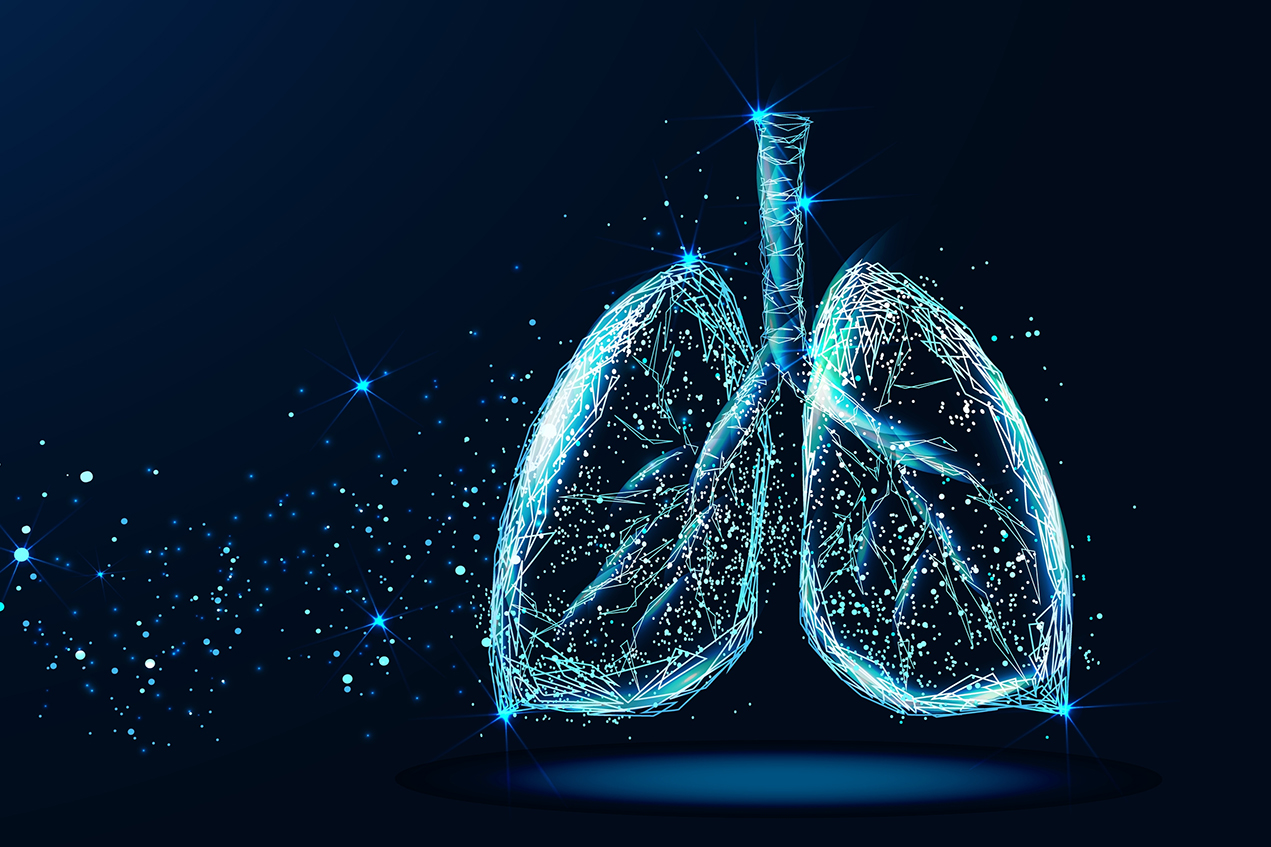Keck Hospital of USC ended the year with a special milestone: its 600th lung transplant. The patient, a 56-year-old male with lung fibrosis, received a double lung transplant on Dec. 17 and is expected to go home this month.
“His surgery was pretty uneventful, and the duration of the surgery was very minimal, which is always a good sign,” said Sivagini Ganesh, MD, medical director of Keck Medicine of USC’s Lung Transplantation Program. “So far, the progress has been good.”
The patient waited about 8 months to be matched with a donor, Ganesh said.
The lung transplant, performed by thoracic surgeon Takashi Harano, MD, was the 32nd to take place at Keck Hospital in 2022. The hospital has offered lung transplants for about 25 years, Ganesh said.
And while the 600th surgery is something to celebrate, the advancements in technique and outcomes for lung transplant recipients are just as notable, said Scott Atay, MD, the transplantation program’s surgical director.
“Of all the solid organs, the lung was the last one to really successfully be transplanted; the first truly successful bilateral transplant was in 1981,” Atay said.
In its early days, the surgery required cardiopulmonary bypass, which involved high-dose blood thinners and potential damage to the new lungs.
Now, with well-managed anesthetics, surgeons can often avoid that route by using extracorporeal membrane oxygenation — or ECMO — a technology that takes over the work of the heart and lungs to add oxygen to the blood and pump it throughout the body.
As a result, Atay said, those patients “come out of the OR far more stable and with fewer complications.”
Keck Medicine, Atay said, is “exceedingly above the national average rates of survival” for lung transplant recipients, as monitored by the United Network of Organ Sharing, the central agency that coordinates the nation’s organ transplant system.
A lung transplant surgery takes about 8 hours, Atay said, adding that the “full team effort” also requires hard work from the patients during the recovery process. “At the end of the day, our goal is to get lung transplant recipients back to a better quality of life and give them the ability to do the activities they love.”
— Kevin Joy


